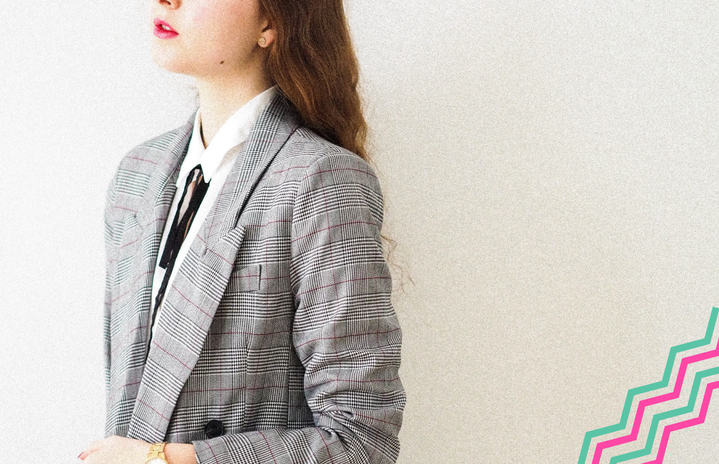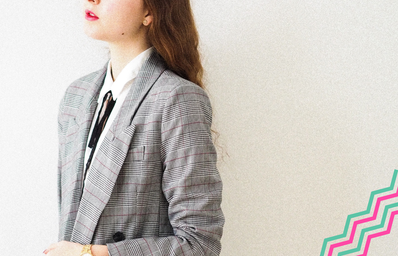Fashion is always changing. We see this in seasonal trends, exquisite haute couture and more outlandish avant-garde works of art that all fall under the bracket of ‘fashion.’ With the Fall/Winter 2021 season bringing new styles, from attention-seeking colours to classical pleats, change has once again been realised. Not just stylistically, but also representationally as fashion shows slowly become more inclusive of body shapes, genders and racial and cultural diversity.
High-end brands such as Jacquemus are opting for a mixed-gender show, inclusive of all body shapes and races. Some critics note that this is a financially savvy decision —to host one show for both women and menswear, reducing the excess costs of hosting two, separate shows. Nonetheless, these innovations in runway shows show an awareness of the transformation needed towards inclusivity. Fendi’s Spring Summer 2021 Couture runway is another example of striking designs that challenge boundaries between masculine and feminine; both through their design in the mixture of conventionally masculine and feminine shapes and forms. Representatively too, the show challenges stereotypes of high fashion with models that are androgenous, older and plus sized, making their runway show inclusive and diverse.
Certain traditional fashion houses such as Dior, whilst choosing to keep women’s and men’s fashion shows separate, are transforming fashion by encouraging inter-cultural collaboration and celebrating the production process. Dior acknowledges the artisans and designers who participate from around the world on public platforms, extending representation beyond the runway. Under Maria Grazia’s creative direction, their Marrakesh collection received public criticism that the French brand was expanding its look away from ‘traditionally French’, to be inclusive of the artists in Morocco and their work towards the final designs. By showing the contributors in the design process and hosting the show in the city of Marrakesh, they promote a more inclusive, global fashion that is looking towards artisans beyond the Western world in the Global South. Other members of the public have commented that they hope the artists involved were paid decently, acknowledging exploitation and the necessary ethical actions that come with representation and inclusivity. These all point to the way in which exclusive brands contribute towards making fashion more global and inclusive through representation and collaboration.
Historically, fashion standardisation across genders occurred over time, and is still in process. The fly of jeans, for example, in pattern-making used to be placed in different directions for men’s or women’s pants. This has become standardised across jeans where, with both men and women’s jeans the fly is top-stitched on the left leg. While not having any implications on the garment’s functionality, this shows the process of standardising unnecessary gender differences. Runway designs make visible different body shapes and diverse cultures and genders on the runway, yet the extent to which this is translated into detail of practical, everyday clothing is still a subject for critique. Today, this standardisation is missing in, for example, suit blazers. The rise of women wearing suits is an empowering gesture by reappropriating and equalising this fashion form to express power and agency. One may consider it a symbolic statement towards gender equality in the working world. However, on closer inspection, its practicality has not been given the same privileges as men’s. Women’s blazers are not made with inside pockets; a practical, useful addition to the garment. Many frustrated women have fumed over this. Some have questioned the economic motifs behind this: since women are expected to wear bags instead of small, handy purses. Whether it is a conscious economic decision, or pure lack of standardising, it points to the subtle ways in which practical, useful, everyday change should remain on the agenda.
Transformation in production methods have also caught attention. Stella McCartney’s launch of the first mushroom leather garments earlier this year, or Dr Martens vegan leather range are some moves towards an awareness of changing production methods. Ethical production – whether veganism or sustainable– are expensive, often associated with more elite brands. Ethical awareness is needed beyond these brands, particularly with the way in which runway designs and trends are filtered down to ‘fast fashion’ groups such as Zara and H&M. Exploitation, both human and environmental, are significant pointers to transform production that is not only inclusive, but fulfilling the ethical challenges that come with a consciousness of inclusivity and equality.
Solutions such as supporting local, sustainable brands with ethically sourced fabrics and well-paid workers, is one way towards counteracting this global system. Likewise, the same is true with choosing to thrift clothing and shoes instead of buying new items. Production and representational transformation go hand in hand for fashion that is not only inclusive, but ethical. As the case with blazer pockets shows – it starts with the details.


